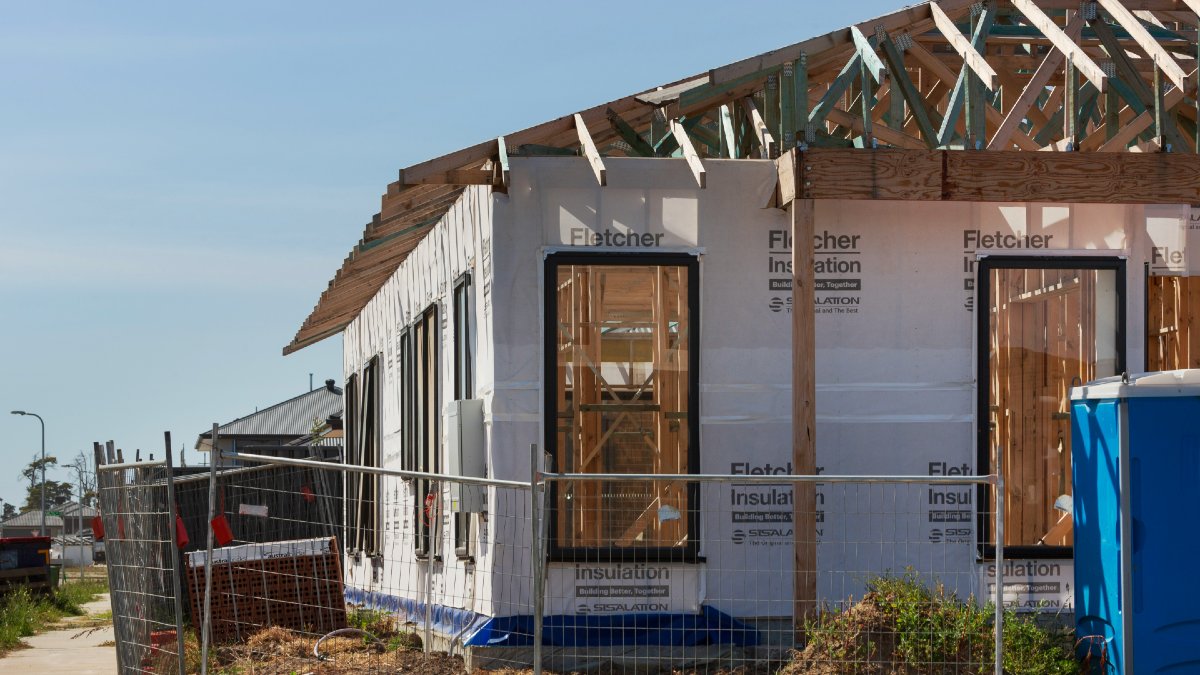
Promoted by PGS Invest
In recent years, Queensland's construction workers have enjoyed high demand for skilled labour, driven by a significant labour shortage. This scenario has led to improved wages for workers, though it has also prompted some to engage in price gouging, overpricing, and overlooking productivity. However, not all developments have been positive. Construction companies have struggled to manage rising costs alongside substantial wage increases and supply issues, resulting in record-high insolvencies within the industry.
The Australian construction sector has previously experienced a boom due to increased infrastructure spending and population growth. According to the Australian Bureau of Statistics (ABS), Australia’s total job vacancies in the construction industry peaked at 39,000 in 2022, but recent data shows a decline to 24,900 in early 2024.
.png?language_id=1)
Source: ABS
Concurrently Queensland’s job vacancies have slumped 20% in the last 12 months, whilst unemployment has been rising over the same period. The outlook for those banking on sustained high demand for labour appears uncertain, with leading indicators suggesting a slowdown in the coming months.
.png?language_id=1)
Source: ABS
Paul Slijderink, Director of Abadi Gaia Adult Residential Village, explains, “Although unemployment in Queensland has remained relatively stable, several signs indicate a slowdown in the construction sector. Job vacancies in construction, as well as across other sectors in Queensland, have been consistently declining. As this trend continues, those who once had abundant employment options may soon find it challenging to secure work.”
Slijderink highlights two critical indicators of future and current work in the construction industry: the Rider Levett Bucknall Crane Index and building approvals or commencements.
“Firstly, we know that building approvals and commencements in Queensland are dwindling. This is compounded by a decrease in land supply due to various planning constraints. Which points to a reduction in available work in the coming months.
"More concerning for those currently employed is the net reduction in crane counts as projects across the Brisbane-Gold Coast region. This signals that many big jobs are nearing completion, potentially leaving workers unemployed.”
Recent government policies aimed at curbing inflation, including higher interest rates and stricter lending standards, have also impacted the construction sector. The Queensland Government’s efforts to streamline building approvals and increase land supply are crucial to mitigating these challenges.
“Following several interest rate hikes, many developers and builders are likely to halt projects due to increased capital costs and risk. This will likely lead to further construction insolvencies, reducing employment opportunities across the board.”
Slijderink remains cautiously optimistic about the future, noting, “I believe there will be a significant shift in the industry. Builders who have been facing labour challenges may find some relief with fewer constraints in the labour market. This could reduce construction timeframes and help add much-needed housing to the market and enable developers to deliver more projects in the coming years.”
Industry stakeholders are urged to prepare for these changes by diversifying their skills and adopting new technologies. Policymakers are also called upon to address the housing shortage with proactive measures. Looking ahead, it’s important to recognise the impending changes for both employees and employers. Queensland urgently needs housing, and the anticipated labour shift may prove to be a blessing in disguise. As Slijderink emphasises, “The construction industry’s ability to adapt and improve efficiencies will be key to its future success.”
Photo by Troy Mortier on Unsplash
